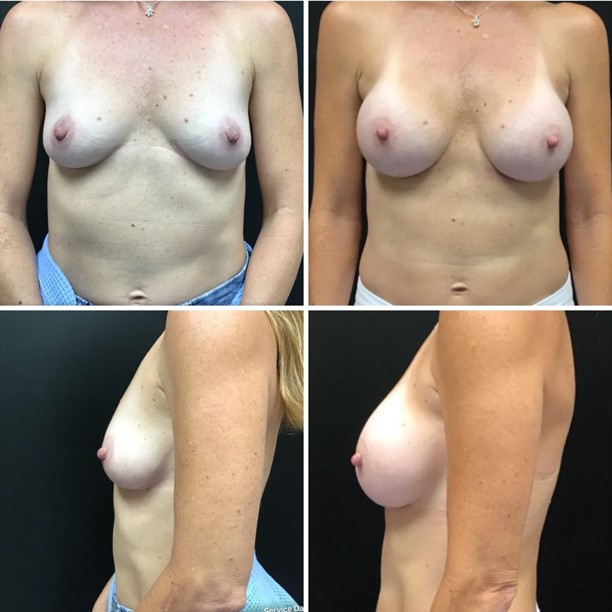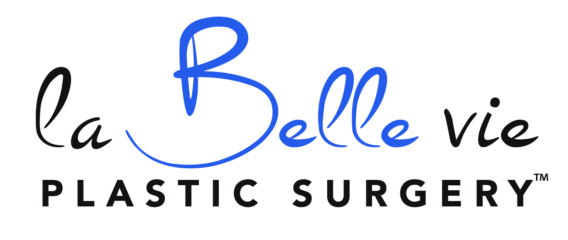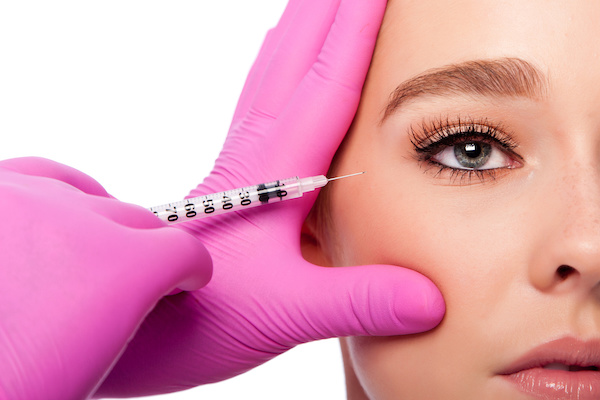Have you ever ended a day full of Zoom calls and caught a glimpse of yourself on screen, only to think, “I look exhausted”—even when you’re not? You’re not alone. Many of us are navigating the strange world of video conferencing, and it’s taking a toll not only on our mental health, but also on…

350cc Silicone Implants

325cc Silicone Implants
Which breast implant is better – saline or silicone? In the United States, about 80% of all breast implants are silicone. I am about 50% saline and 50% silicone. I used to say that if done correctly, the look and the feel are the same. I really don’t believe that anymore. The silicone usually feels more natural. But there are pros and cons to each.
I can get the saline implants in through a 1-inch incision. The implant is empty, and I attach a filling tube to it. I roll it up into a tight little “burrito” and put it in through a 1-inch incision, and then blow it up inside of the breast. The silicone is prepackaged. I can’t add or take away from it, so I need a longer incision to get it in.
The saline has a filling range. I can add or take away saline to try to get the best symmetry that I can before I pull out the filling tubes. Because I can’t add or take away from the silicone implant, I just must find the right sized implants to get as close to symmetric as I can.
They are both man-made objects, and they can leak or rupture. The leak rate is around 3-10% for both. If the saline leaks (it’s the same fluid that can be used for an IV), your body will absorb it and it will not hurt you. For lack of a better word, you get a “flat tire”. It is fairly easy to put a new one back in.
If a silicone implant leaks, you might not know it. Regardless of which type we put in; the body will build a “wall” around it called a capsule. The only good way to know if a silicone implant is leaking is to do an MRI x-ray or to open the incision and look inside the capsule. The old silicone implant material was very “gloppy” and was hard to get out so that a new implant could be placed. The newer silicone implants are cohesive gel or “gummy bear” implants, and the material is easier to remove.
There is a possible link between the silicone “shell” (both saline and silicone implants have a silicone shell) and Anaplastic Large Cell Lymphoma, which is a cancer, and Squamous Cell Carcinoma which is also a cancer. These are rare and thank goodness that in 7 years of surgery residency and 26 years of practice, I have never seen one of these cancers associated with a breast implant.
I get different looks with different implants. If I have someone who wants a lot of fullness in the top part of her breast, an “augmented look”, then I can use a saline implant and overfill it to get that look. If I have someone who wants a more “natural” look, then I can usually make either one work.
So, there is no “better” implant. It depends on the patient’s wants/desires, anatomy, and what type of implant they feel most comfortable with.



